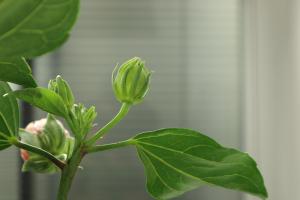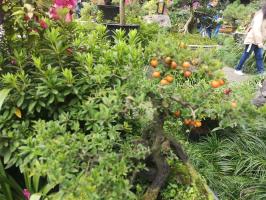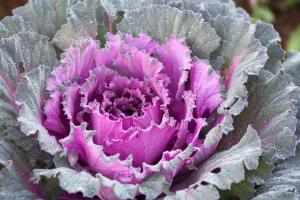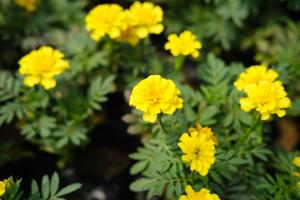1、 Breeding method
1. Flower soil: it is afraid of waterlogging, so the cultivation substrate should be able to breathe and drain, but it should be rich in humus. Plant ash can be added to humus soil, which can well meet the needs of growth

2. Moisture: it is difficult to maintain, so it needs to be cautious in watering. Adjust the water volume according to the season. In winter, due to the hot climate, the water evaporation rate will be faster, so it should be supplemented in time. As for the decline of water demand in winter, just keep it moist and do not apply too much
3. Illumination: the light in its original environment is not very strong, so astigmatism is more suitable. It is very taboo hot weather. The light in the living environment cannot be too strong, which is easy to burn the plants. If it is in summer, it can be cured in the shade. However, we should not lose light, otherwise the development of the plant will be affected

4. Temperature: the most comfortable temperature for daily growth is 18-25 ℃. In winter, the temperature should not be too low. It should be 10-20 ℃, but not lower than 5 ℃. If the temperature is too low, it may freeze to death and need to be moved indoors in time
2、 Precautions
It is delicate. If you want it to blossom, you need to apply appropriate nutrients and ensure balance


 jackfruit
jackfruit snake plant
snake plant hibiscus
hibiscus hydrangea
hydrangea lavender
lavender Green roses climb al...
Green roses climb al... If you don't pay att...
If you don't pay att... Management of four g...
Management of four g...



































